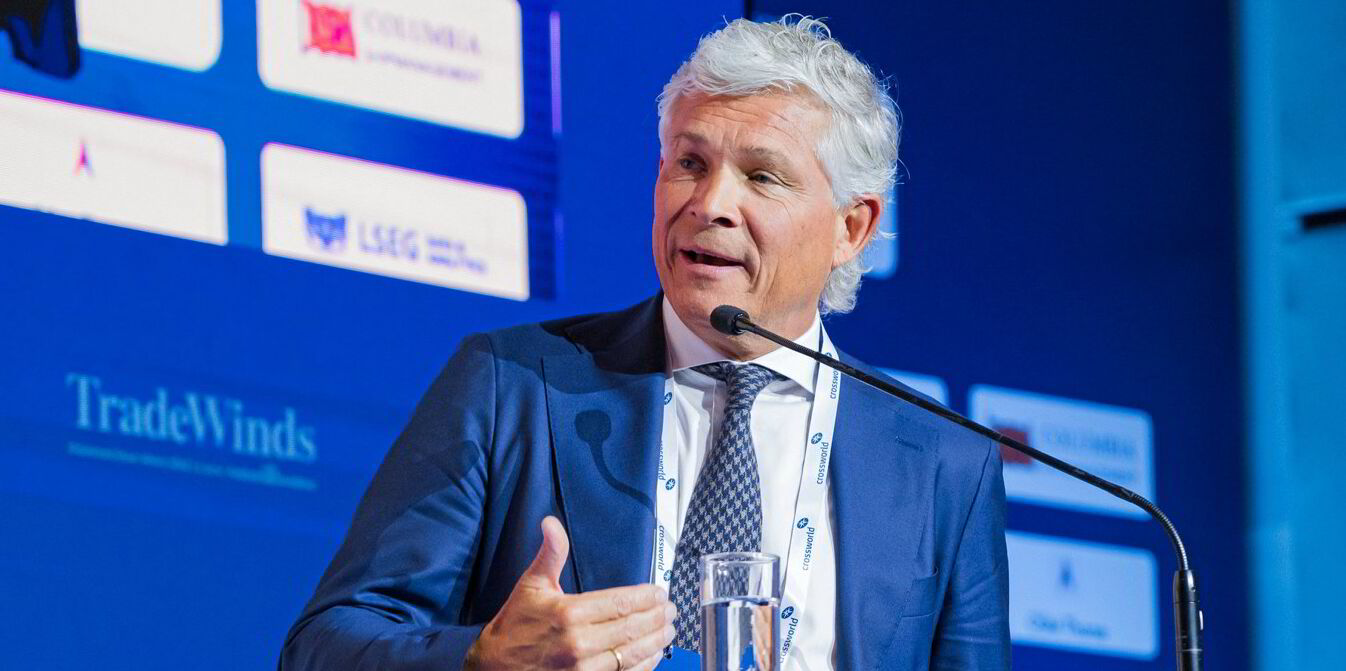Hafnia chief executive Mikael Skov has spoken of his sadness at the lack of political will to tackle the danger posed by the dark fleet of tankers trading in sanctioned oil.
The company’s 74,200-dwt Hafnia Nile (built 2017) was severely damaged when it caught fire after a collision in July with the 300,000-dwt VLCC Ceres I (built 2001), of uncertain ownership, near the entrance of the Singapore Strait.
Skov was asked on a Fearnleys webinar about the situation with the dark fleet in terms of safety and clarity of vessel ownership.
“We’re not commenting too much on this at the moment for a lot of different reasons,” he told the session.
“But what you can read in the press is obviously that everyone has been struggling with trying to identify who is behind that [ship].
“When you look at the area where the Hafnia Nile had the accident, it’s pretty clear that you’ve had 40 to 50 ships permanently at anchor in traffic routes and turning on and off the AIS.
“I think it’s sad that we need to see these accidents.
“Thankfully, with the Nile incident, you know, there wasn’t any massive oil spill or casualty.
“But I think fundamentally it’s sad to see the regulators have to wait for that disaster to happen before they do anything about it.”
He believes a regulatory solution is “an easy fix” — “but apparently there’s not the willingness from the regulator side to do something proper about it”.
Cargo transfer complete
The Hafnia tanker has completed the transfer of less than 50,000 tonnes of naphtha owned by Spain’s Cepsa to its 75,000-dwt sister ship Hafnia Guangzhou (built 2019), sources told the Platts news agency.
This took almost six weeks, including the time it took to move the Hafnia Nile to anchorage.
Part of the cargo had been burnt, the report said.




